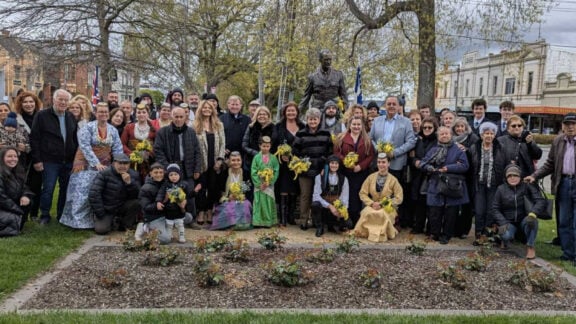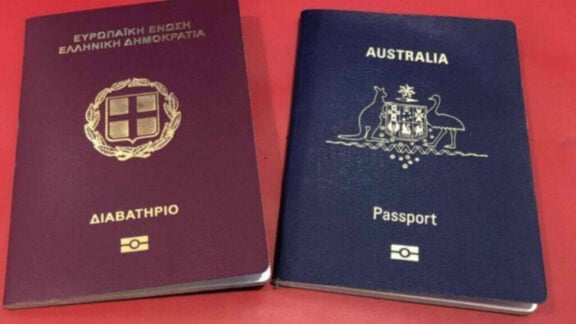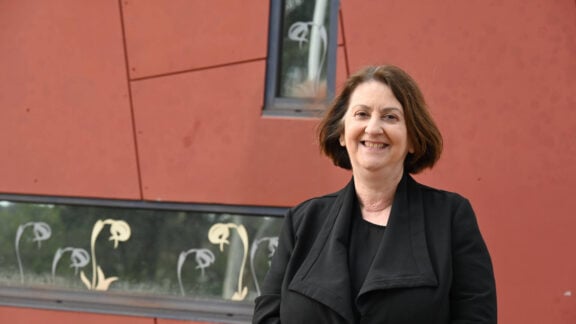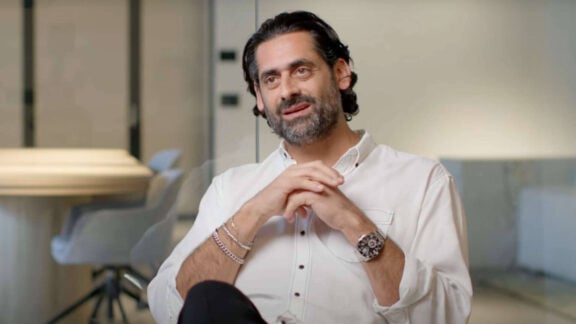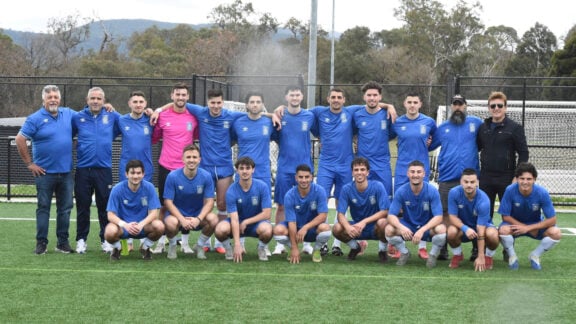The arrival and spread of Omicron is the latest twist in Australia’s experience of the COVID-19 pandemic, and in some ways it is reminiscent of earlier times.
The uncertainty and fear feel all too familiar, but the language being used by Prime Minister Scott Morrison after today’s extraordinary national cabinet meeting was different.
Mr Morrison said the nature of Omicron meant the response had to go beyond the action of governments.
“Individuals and communities need to take action as well,” he said.
“There will be a much greater level of self regulation when we deal with the volume of cases that are likely to occur in the weeks and months ahead.”
Meanwhile according to a preliminary projection of the Doherty modelling, Australia could see up to 200,000 cases a day reported by late January to early February should no further restrictions be implemented.
In addition, hospitalisation rates could reach up to 4000 a day with a spread that is not being controlled by a lockdown, low-density requirements, retail and schooling restrictions, given that the Omicron variant is more transmissible than the Delta. Chief Medical Officer Professor Paul Kelly, however, said that that is an unlikely possibility. A hard lockdown could become a reality in order to control a serious outbreak in a month’s time unless most Australians receive all three vaccine doses by the end of next month.
“A preliminary scenario, of many being considered to help inform decision making, presents one of the worst case of all potential scenarios including assumptions that the Omicron variant is as severe as the Delta variant, an absence of hospital surge capacity, a highly limited booster program, no change to baseline public health and social measures and an absence of spontaneous behaviour change in the face of rising case numbers,” Professor Kelly said.
“None of these five assumptions represent the likely state of events, let alone all of them together, therefore presenting that scenario as the likely scenario that will occur is highly misleading. Importantly, after almost four weeks of Omicron in Australia there are currently no confirmed Omicron cases in ICU and no deaths confirmed to date,” he added.
“Omicron is here in Australia, it will be an unwanted guest with us for Christmas, but we can and must do what we can to reduce its impact on each of us and our loved ones.”
NSW #COVID19 update – Wednesday 22 December 2021
In the 24-hour reporting period to 8pm last night:
– 94.9% of people aged 16+ have had one dose of a COVID-19 vaccine
– 93.4% of people aged 16+ have had two doses of a COVID-19 vaccine pic.twitter.com/CxZs7pX3NW— NSW Health (@NSWHealth) December 21, 2021
At the moment, New South Wales COVID-19 case numbers have climbed to 3763 with two deaths and 40 people now in intensive care while 302 COVID-19 patients are currently hospitalised.
In Victoria, 1,503 new local COVID-19 cases and six deaths have been recorded as 394 COVID-19 patients are hospitalised with 70 active cases in intensive care and 41 patients on a ventilator. There are 44 patients whose infections are no longer considered active in ICU.
Meanwhile, COVID-19 testing clinics across Australia are under extreme duress as thousands of people are flooding the facilities to get tested before Christmas.
In Sydney and Melbourne several spots have reached capacity.

